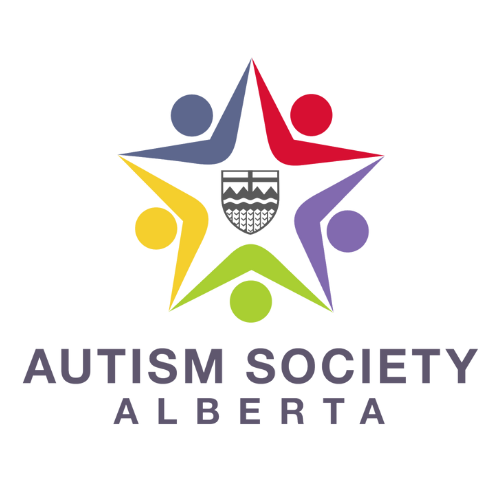Transitioning to Adulthood
A toolkit to give a broad overview of the different aspects young adults need to consider as they transition into adulthood. For more regional-specific information, contact your local Family Resource Centre
Funding & Supports
- Financial Assistance for People with Disabilities
- Information on (Assured Income for the Severely Handicapped) AISH, Alberta Aids to Daily Living (AADL), the Residential Access Modification Program (RAMP) and post-secondary grants.
- Assured Income for the Severely Handicapped (AISH)
- Financial and health benefits for those with a permanent (or likely to be permanent) health condition or disability
- Must be 18 years of age or older and not collecting Old Age Security (OAS)
- You must live in Alberta and be a permanent resident or Canadian citizen
- Persons with Developmental Disabilities (PDD)
- a program to assist adults with disabilities to live as independently as possible
- must have an IQ of <70
- the developmental disability must have occurred before the individual turned 18
Guardianship & Trusteeship
After turning 18, an individual becomes their own guardian. These individuals may require varying degrees of support to make decisions. For some levels, a court order is required in order to appoint a guardian and or trustee (someone to oversee financial matters).
- Office of the Public Guardian and Trustee (OPGT) – This is the agency to which you have to apply.
- https://childrenslink.ca/ Children’s Link can assist families and caregivers apply for guardianship and/or trusteeship.
- Autism Society Alberta has created information videos on this topic with some helpful worksheets to support families through this process.
Post-Secondary School
- ALIS – ALIS provides information on education supports, funding, career planning and opportunities.
- Post Secondary Education Funding – AIDE Canada created this toolkit that outlines educational funding for students with disabilities.
- Post-Secondary Education – Follow this link to find resources on post secondary education planning for Autistic students
- Resources for Students with Disabilities – from the Government of Alberta
- Transition Planning Guide – A Career and Education Planning Guide for Students with Disabilities
Employment
There are employment programs across the province to support adults with disabilities. Each area has different programs. Your local Family Resource Centre should be able to provide more information for your specific situation.
- DRES – Alberta’s Disability Related Employment Supports
- Finding work when you have a disability from ALIS
Housing
- Housing & Accommodations in Alberta Tipsheet – This tipsheet briefly offers information about housing related to people with developmental disabilities in Alberta. Related resources are provided, predominantly focused in the Calgary region.
- Housing Guide for Alberta – This housing guide, created by a self-advocate is a great document, taking a person through each step and consideration when making the decision on accommodation that will best fit your needs.
- Thinking About Moving Guide – This guide shares some of the Sinneave Family Foundation’s key learnings about things to think about when planning a move. It is primarily focused on renters of affordable housing who may benefit from drop-in support. However, the concepts and information may be relevant to a wide range of individuals including family members, caregivers and support professionals.
Supports, Information and Resources
- Advocate for Persons with Disabilities – The Advocate represents the rights, interests and viewpoints of persons with disabilities.
- Children’s Link – Children’s Link transition resources.














